Secrets of growing bonsai dwarf trees at home
The hobbies of gardeners in recent years can be safely attributed to the cultivation of bonsai trees - amazing in beauty, but very capricious and demanding plants. Care for them should be of high quality and regular, only in this case a miniature representative of the arboreal fauna will delight you with the beauty of the bends of the trunk, the power of spreading branches and the striking green foliage.
Short description
The art of growing dwarf trees came to us from distant Japan, and it is quite possible to comprehend its basics at home.
Often in the form of bonsai you can find the following plants:
- myrtle;
- boxwood;
- olives;
- cedar;
- Garnet;
- pine;
- elm;
- oak.
Often, to create a unique recognizable composition, which will become the "highlight" of the interior, not only the tree itself is used, but also the container in which it grows, so its choice must also be approached responsibly.
Moreover, the plant is a miniature copy of a "real" tree, completely similar to its taller companion.
According to their size, bonsai are divided into several varieties:
- miniature (height from 5 to 15 cm);
- small (up to 30 cm);
- medium (30-60 cm);
- large (from 60 to 120 cm).
Most flower growers are interested in the first two groups, therefore they acquire trees with tiny needles or leaves for themselves: boxwood, cypress, myrtle.
Terms
As a rule, the trees that are used for cultivation are accustomed to the warm climate of their homeland, but the practice of domestic flower growers shows that in an ordinary apartment, optimal conditions for such plants can be created. In the form of a table, we present a description of the main factors that are significant for growing bonsai dwarf trees.
| Factor | a brief description of |
|---|---|
| Temperature | In order for the plants to feel comfortable, room temperature in the summer is suitable. The main thing is to provide fresh air to the pots. In winter, the bonsai is placed in a cool room, the thermometer should not show more than + 15 ° C, for this, flowers are often taken out to the glazed balcony. |
| Lighting | This factor depends on the conditions in which the plant grows in nature. For bonsai, it is best to locate a location on the west or east side of the apartment. The average daylight hours are 12 hours, so in autumn and winter it will have to be extended with special lamps. |
| Organization of watering | It largely depends on the type of plant. The basic rule that applies to everyone is that it is better to water in small portions, but often enough, not allowing the earthy coma to dry out. Waterlogging is harmful, it can lead to rotting of the roots. |
Also among the requirements is humidity, to increase which the tree should be regularly sprayed with a spray bottle. And the green pet must be carefully protected from drafts.
Advice
The pot with the mini-tree should be turned every 10-14 days so that the branches and leaves do not reach out to the sun and the crown looks neat.
Soil selection
When growing bonsai from seed, it is very important to choose the right soil, which depends on the specific type of plant.
For most dwarf trees, this mixture is optimal:
- garden land (3 parts);
- coarse sand (1 part);
- peat (part 1).
For pine, calcined sand is best. It is also convenient to use a specialized bonsai mixture - akadama.
The bonsai pot is of particular importance. The best option is considered to be clay, shallow, but wide. Not only the appearance is important: the container must necessarily have a drainage hole and a layer of expanded clay or small pebbles at the bottom.
Advice
You can protect plants from excessive evaporation of liquid by planting moss as a top layer. It will also help create an interesting composition.
How to plant?
The easiest way to become the owner of a bonsai is to buy it in a specialty store and start grooming. But it is much more interesting to plant it yourself, for example, from seeds.
It is even easier to grow a bonsai from a seedling in the fall, for this the selected plant is simply dug out with a lump of earth in the forest, after which the roots are cut (their length should be about 10 cm) and all branches. As a result, only horizontal processes remain. This is the future bonsai tree.
Advice
The height of the seedling should be no more than 10-15 cm.
The plant is planted in a small pot, watered and taken out to the balcony, where it is placed so that direct sunlight does not reach it. During the winter, the seedling will take root and begin to grow with the first warm spring.
Growing from seeds
Another fun way to get a homemade mini tree is to grow from seeds. Black pine is best for this purpose, but other options can be used. It is important to choose the seeds correctly, they must be fresh.
You need to act according to the following algorithm.
- Wrap the seeds with a damp cloth and place them in the refrigerator, in a fresh area. Keep the seed in such conditions for 2-3 months, making sure that the tissue retains moisture.
- Remove the seeds from the cold and place them in room temperature water for 6 hours.
- Place the seed in a plastic bag and leave for three days at room temperature.
- Suitable seeds will then swell - they are placed in pre-prepared soil, in recesses up to 2 cm, sprinkled with sand on top. Unswollen empty seeds will have to be thrown away.
- In order not to harm the seeds, it is better to replace watering with gentle spraying from a spray bottle.
Further, it remains only to wait for the appearance of the first shoots. Of course, in this case, the process of growing a tree will drag on for many years, but the owner will be able to proudly announce that he has created a unique living creation on his own.
Organization of watering
It is important not only to plant the plant correctly, but also to care for it according to all the rules - and first of all it concerns watering. In summer, bonsai soil should be moistened 1-2 times a week, in spring and autumn - 1 time, as the soil dries. In winter - 1-2 times a month, depending on the temperature regime. Conifers are watered about once a week during the winter months as they continue to grow. Watering is careful, the amount of water is small, it is better to underfill and water it again after a couple of days than to allow waterlogging of the soil.
The best watering method is immersion.
- A pot with a dwarf tree is placed in a container in which a settled liquid at room temperature is poured.
- Due to the drainage hole, moisture penetrates to the roots of the plant and moisturizes the soil.
- After 30-40 minutes, the bonsai is taken out of the container and placed in its usual place.
Advice
Some hygrophilous species, such as marsh cypress, can be left in the container for a couple of hours.
In addition to watering, miniature trees should be sprayed. This is done every day and helps to create a comfortable microclimate for plants.
Pruning and shaping the crown
A very important step in growing bonsai, which allows you to get exactly a work of art, and not just an unattractive small tree. The best time for it is the spring-summer period. For some trees (for example, maples and birches), this procedure is optimal in November.
Cropping is done like this.
- To prevent the growth of the tree upwards, the shoot is cut under the bud in an oblique direction. However, if the shoot is weak, it must be cut straight, above the bud.
- When the lateral branches are formed, you should start forming the crown - remove excess branches that interfere with giving the tree the desired shape, as well as dry or diseased ones.
- The most difficult thing is to achieve a thickening of the trunk - for this purpose it is important to preserve the branches located on the trunk. You need to try to leave as many shoots as possible here, which will have a positive effect on thickening.
- The crown needs to be thinned, then it will look neat. This is facilitated by pinching the growth points.
Advice
The crown should be formed with artistic taste, so that the trunk and branches are visible in the green foliage, but voids are undesirable.
Organization of feeding
For the bonsai to thrive, the plant should be fed using standard indoor plant mineral complexes, but at a low concentration. In the warm season, fertilize should be at least once a month; in the winter, feeding stops.
The feeding schedule looks like this:
- in spring, plants are given nitrogen-phosphorus mixtures, such fertilizer is applied every 30 days until July;
- from July to September - a break in feeding;
- October, November is the time for potash fertilization.
Advice
If the bonsai is flowering and fruitful, it is extremely important to ensure that the tree receives phosphorus. However, fertilizers should be given in very small quantities to help contain plant growth and keep the plant diminutive.
To organize feeding, you can use this method:
- Dissolve 2 g of fertilizer in 1 liter of water;
- place a bonsai pot in a container with the resulting solution;
- wait until moisture is absorbed;
- remove the pot.
The method is simple and convenient primarily in that it avoids the introduction of an excessive amount of minerals.
Tips from experienced florists
To successfully grow bonsai at home, you should follow some guidelines.
- Planting a plant in a larger pot than it needs will help form a strong stem.
- Every spring, bonsai must be transplanted, while the extra roots must be removed. The first year after planting, the plant is not disturbed, starting from the second to the eighth - it is transplanted annually (it is recommended to do this in April). Older trees are transplanted after a year. During this procedure, you should carefully examine the root system, remove diseased and dried roots.
- Two days before the proposed transplant, you should stop watering the flower, and the procedure itself should be carried out quickly, because the roots of trees do not like light and clean air.
- For watering bonsai, you should use a pre-settled liquid at room temperature.
These are the secrets of caring for the Banzai tree given by experienced growers. Nothing complicated - but it is extremely important to pay attention to the plant, not to forget about watering. If you allow a draft on the "pet" or water it with cold tap water, the leaves will begin to turn yellow and fall off.
Growing bonsai dwarf trees is hard work, but it allows you to show your creative skills and create a real work of art.
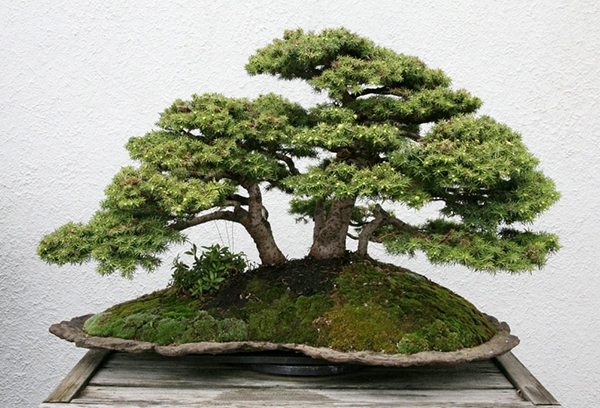
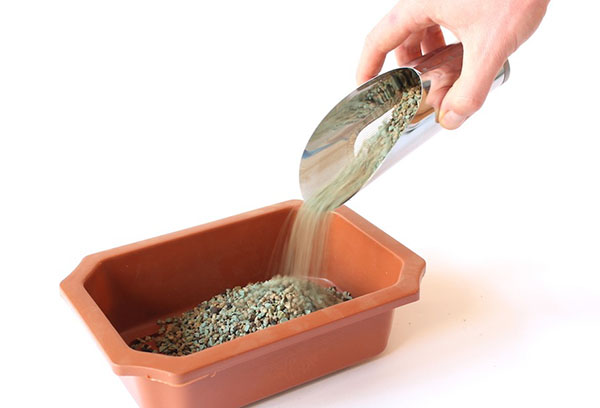
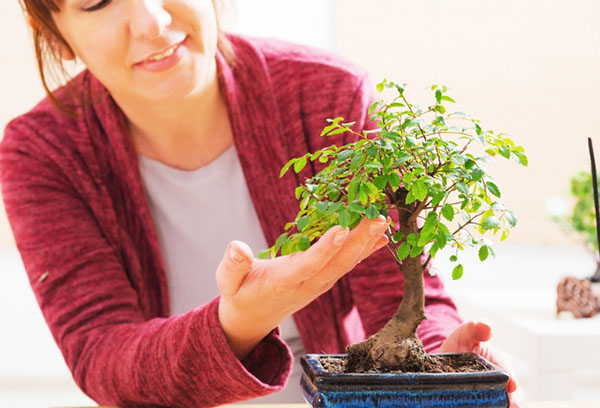
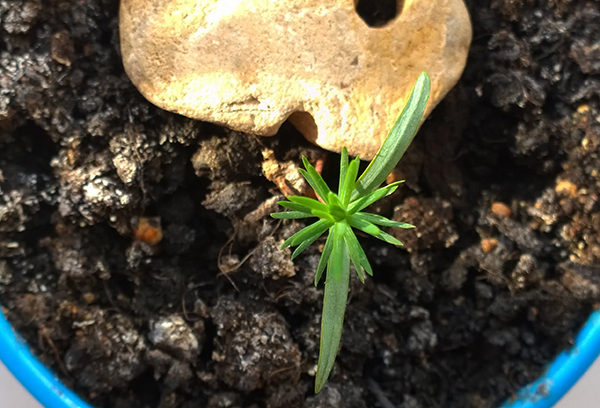
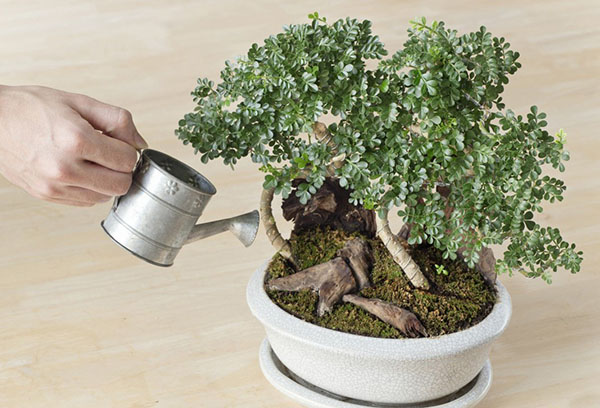
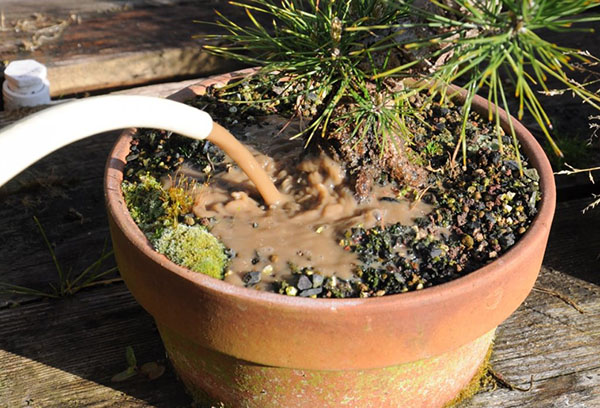
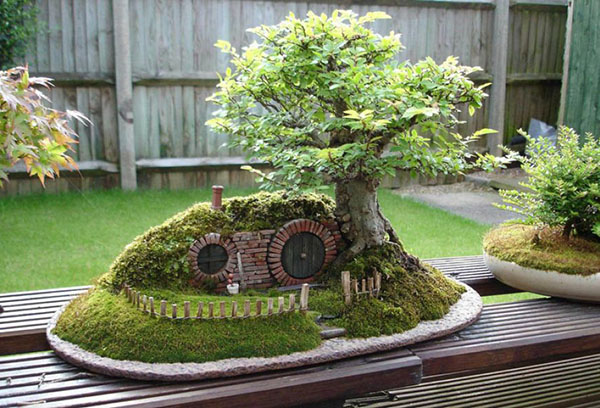
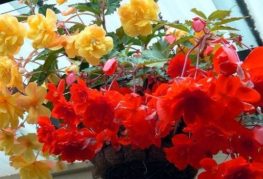
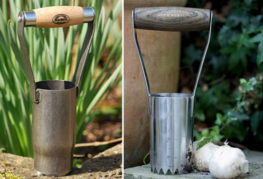
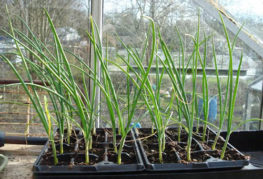
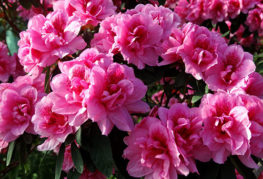
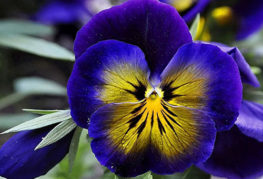
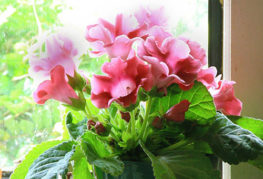
and will be published shortly.